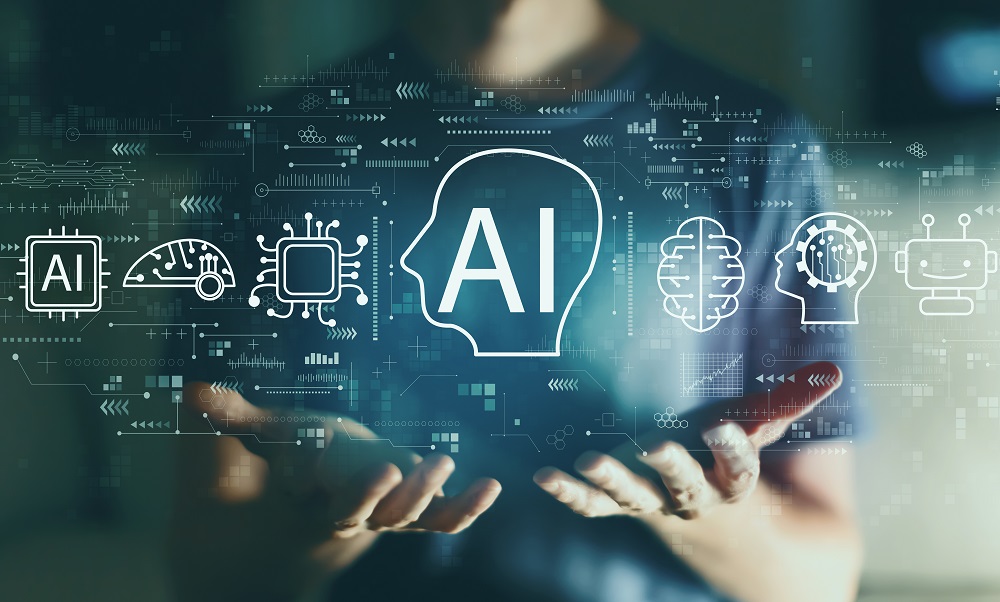
If a autonomous guided vehicle (AGV) independently brings a spare part from the warehouse to the assembly line in the factory, then this has nothing to do with magic. When a robot reports that it needs servicing in 15 hours, that's not supernatural either. This is a Smart Factory. Here, plants, machines and intelligent logistics systems continuously exchange real-time information to ensure an efficient production process. This is precisely why a Smart Factory is adaptable, for example, to different types of products, orders or delivery speeds.
Then, what is Industry 4.0?
Although the two terms are often used interchangeably, there is a difference between the Smart Factory and Industry 4.0, which describes the fourth industrial revolution in which people, machines and industrial processes are intelligently networked. This is achieved through IT technologies. These developments and concepts thus create the prerequisites for the Smart Factory, which as a result of Industry 4.0 represents a working environment in which intelligent units organize themselves independently.
Big Data - without it, things would not work at all
For a Smart Factory to function, extremely large volumes of data are collected and stored. These data provide companies with new insights into production processes. For example, how efficiently machines run, whether maintenance intervals can be kept flexible, what output the plant delivers and even how many residual materials are produced. However, the data alone are not information, only its evaluation and interpretation result in real, invaluable value. In the Smart Factory, the collected data volumes are available for a wide range of evaluations and can be used in particular for the training of learning AI systems (see below).
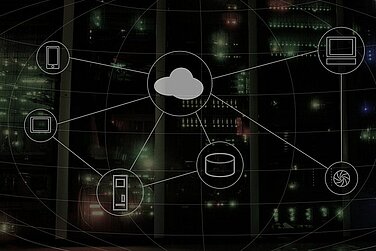
IoT platform - where everything comes together
An IoT platform connects physical with virtual objects together. You could call it the brain of the Smart Factory. Leadec also has such a platform, its own IoT Home Cloud, on which data from different sources is collected, structured, evaluated and unified. This forms the basis for optimizing processes in the respective factory and for meeting the requirements of the "factory of the future".
Artificial intelligence - more algorithm, less human?
Artificial intelligence (AI) is an important component of a Smart Factory. This is because AI helps to quickly and reliably capture Big Data, evaluate it, and provide contextualized and filtered results. AI brings many advantages to the Smart Factory: machine data such as pressure, temperature, vibration or flow enable condition monitoring of a plant. In addition, anomalies can be detected in the large amounts of data and possible malfunctions can be predicted.
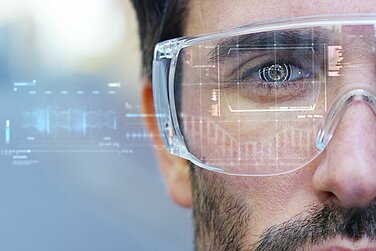
Virtual Reality and Augmented Reality - More than just a gimmick
Data glasses are already in heavy use when it comes to training or safety instructions in the factory. But the devices can also be used for adjusting and maintaining machines, simulating production processes in the Smart Factory with a target/actual comparison directly on site, for augmented reality. What is needed for this? A pair of data glasses and the appropriate bandwidth of 5G so that the connection is not lost.
Digital twin - double is better
A virtual twin is essential for the Smart Factory. Machines, plants, their controls and entire production lines can be mapped virtually with this concept. In combination with a virtual design of all processes, it is possible to simulate production before an operating step has even been taken. The goal is to optimize even before something runs in a suboptimal way. And with the help of the digital twin, it is also possible to simulate those processes for which the Smart Factory stands above all: individual mass production, batch size 1 or highly complex production routes.






